Elon Musk, the tech mogul and CEO of Tesla and SpaceX, has long been known for pushing the boundaries of innovation, but his latest creation is turning heads for an entirely different reason:
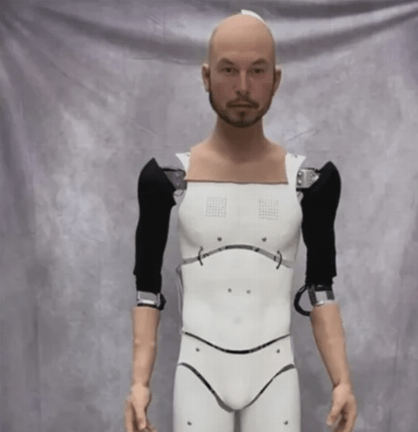
his humanoid robot look-alike, dubbed “Elon Bot.” This new project, unveiled at a recent event, is a humanoid robot designed to replicate Musk’s own physical appearance and movements. While many
are still wrapping their heads around the concept of a robot that looks and acts like its creator, the unveiling has sparked widespread curiosity and excitement, as well as some skepticism about the future
of robotics and AI. Known for his ambitious ventures, Musk’s introduction of the “Elon Bot” could be another step toward his vision of revolutionizing industries with AI-powered technology. The “Elon Bot”
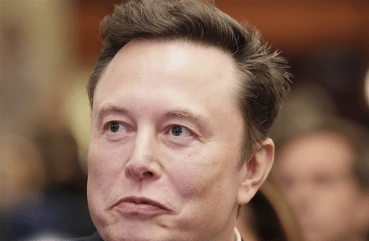
is part of Musk’s ongoing efforts through his company, Tesla, to develop artificial intelligence systems that can not only automate tasks but also take on human-like characteristics. At its core, the humanoid robot
is designed to perform various physical tasks, such as assembling products or assisting with logistics, tasks typically handled by humans. Musk has frequently spoken about his goal to build robots
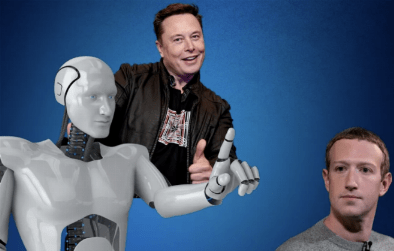
that could help alleviate labor shortages and improve efficiency in industries ranging from manufacturing to retail. By giving the robot his own features, Musk seems to be blending his personal brand
with his technological aspirations, offering a glimpse into a future where AI-powered machines could play a central role in everyday life.
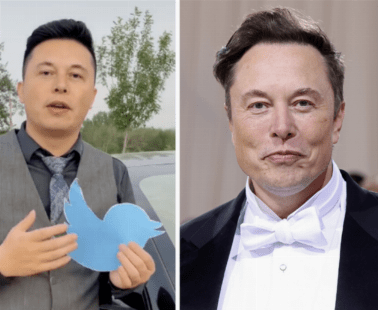
At the unveiling, the “Elon Bot” was showcased as a lifelike, human-sized robot with Musk’s recognizable traits, from facial features to body movements. Though still in the early stages of development, the robot was able to walk and perform simple tasks, impressing the audience with its fluid movements and striking resemblance to Musk himself. The look-alike robot’s facial expressions were eerily similar to those of Musk, with its eyes and gestures mimicking the real-life entrepreneur. The robot is also designed to respond to commands, a feature that would allow it to interact with its environment in a way that traditional robots have not. Musk’s focus on creating a humanoid bot that can carry out real-world tasks is part of his broader mission to bring AI into the mainstream in a way that is both functional and approachable.
However, the launch of the “Elon Bot” has also raised some serious questions. While the robot’s potential is undeniable, critics have been quick to point out the ethical and societal implications of creating humanoid robots that look and act like real people. The idea of machines replicating human features and behaviors brings up concerns about the boundaries between humans and machines, and whether this could lead to a future where AI blurs the lines of human identity and labor. Others have questioned the need for such a bot, asking whether it’s an unnecessary luxury or a step toward a future where automation overtakes jobs, creating even more challenges for the workforce. Despite these concerns, Musk has continued to defend the project, arguing that the development of robots like the “Elon Bot” is an essential step in the evolution of technology and that the benefits will outweigh the risks.
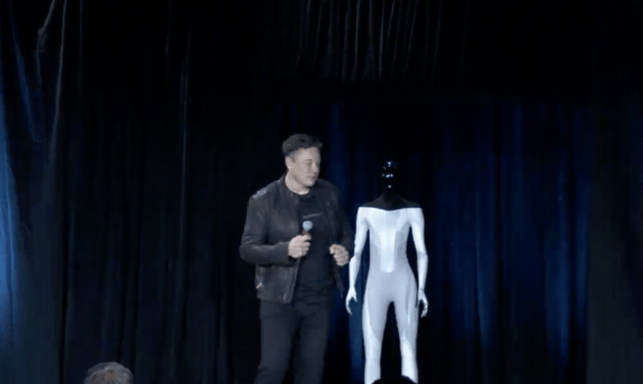
The “Elon Bot” is not the first foray into humanoid robots for Musk or Tesla, but it represents an important milestone in the company’s AI ambitions. The robot is part of Musk’s larger vision to create what he calls “AI-driven superintelligence,” where machines can understand and perform complex tasks autonomously. Whether it’s for personal assistance, industrial labor, or even companionship, the implications of such technology are vast. The creation of a humanoid robot that mirrors its creator raises interesting questions about the future of AI and how we interact with machines that are increasingly capable of performing human-like functions. Will the “Elon Bot” be the first of many robots designed to look like real people, or is this just a novelty project that will eventually fade into obscurity? Only time will tell, but for now, Musk’s latest innovation is certainly sparking conversation about the future of robotics, artificial intelligence, and human-machine interaction.
As the world watches closely, the question remains: what comes next for the “Elon Bot”? With Musk’s track record of ambitious and often controversial projects, it’s clear that this humanoid robot is just one part of a much bigger puzzle. The implications of creating robots that resemble humans in both appearance and behavior could change the way we think about work, technology, and our relationship with machines. Whether it will be a game-changer or a footnote in the history of AI development remains to be seen, but for now, the “Elon Bot” is a bold new step toward a future where humans and robots might one day look, think, and act alike.
Follow us to see more useful information, as well as to give us more motivation to update more useful information for you.





